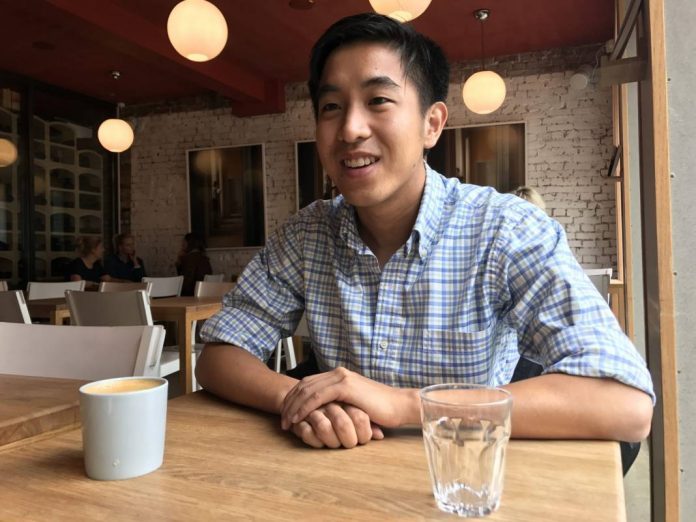Computer-vision and machine-learning start-up, Aquabyte, on Tuesday announced it had received seed capital for USD 3.5 million.
The fund-raising was headed by U.S. and Norwegian investors, including Alliance Venture, New Enterprise Associates and Costanoe Ventures.
Aquaculture is the fastest-growing segment in food production. With total global turnover of USD 160 million, aquaculture is bigger than beef production. The industry is growing fast, and it’s estimated that the global demand for protein will increase by 50 percent by 2050.
Norwegian research community, SINTEF, has estimated that Norwegian salmon production will quadruple in primary value to NOK 238 billion kroner in the 30-year period from today’s NOK 60 million kroner. One of the greatest challenges in reaching that growth will be to cut costs related to feed (now at 50 percent of total production costs), Aquabyte wrote in a statement.
New possibilities
“The development of computer vision in recent years, together with new gains and research in machine-learning, have opened up new possibilities for the development of new “vision-based” products,” said Bryton Shang, founder and manager at Aquabyte. Earlier in his career, Shange worked on cancer diagnostic tools with biotech outfit, HistoWiz.
The same technology we used then can now be used to give Norwegian salmon farmers access to more exact and valuable information about what is happening in the pen. Automatic counting of sea lice, real-time measurements of individual and average measurements of biomass and the identification of individuals are some examples of the areas of use for this technology in the salmon segment.
Visual info
Using a camera system in the pen, Aquabyte will gather visual information that’s processed into easy-to-read information by machine-learning algorithms.
“Our algorithms have the capacity to gather in all imaginable visual information and what’s going on the pens, and then our job is to present this in a way that makes it practical to relate to, either for the relaying of data or for planning operations. If we gather up all this information without presenting it in a good way, then the work is for not,” Shang said.
Silicon Valley
Today, Aquabyte has offices in Silicon Valley, California and Bergen, Norway.
“It’s clear Norway leads the world in the development of technology related to aquaculture, while the US and Silicon Valley are the equivalent in software and machine-learning. The connection, which is maybe a little unusual, therefor became natural in this relation, while at the same time giving us an advantage.”
By working with, among others, the NCE Seafood Innovation cluster in Bergen, Aquabyte has already has already set in motion a number of pilot projects at local research centers and aquaculture facilities.
Connection
“We saw quickly that the connection between computer vision and fish-farming was a smart way to utilize this technology, and we really like that Aquabyte has made making a difference its goal in the enormous challenge that remains in securing the world’s future food needs,” said Greg Sands, founder and partner at Costanoa Ventures.
“Bryton’s solid background from computer vision and machine-learning, together with the team’s multidisciplinary expertise in technology and fish-farming, convinced us that they really can build the right solution.”


